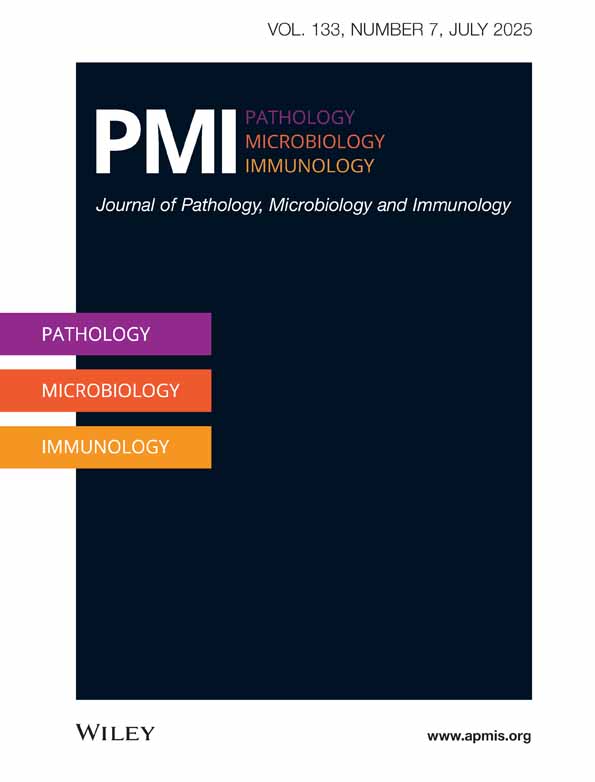Isolation of mycobacteria from indoor swimming pools in Finland
Abstract
The presence of mycobacteria in seven indoor pools in Finland was evaluated by multiple culture methods. Replicate samples, with and without inactivation of chlorine by sodium thiosulfate, were cultured in two laboratories. Laboratory I used two methods: (A) no decontamination and (B) cetylpyridinium chloride (0.005%, 20 min); and Laboratory II two methods: (C) cetylpyridinium chloride (0.005%, 18 h) and (D) oxalic acid (5%, 15 min). Samples processed by methods (A) and (B) were cultured on different egg media of pH 6.3 or 5.8; by method (C) on Middlebrook and Cohn 7H10 (+OADC) agar of pH 5.5; and by method (D) on Middlebrook and Cohn 7H10 agar (+OADC) with cycloheximide (500 μg/ml). Mycobacteria were recovered from five (71%) of seven pools. Detection of mycobacteria depended on the method used. High isolation rates (36–46% of the samples) were obtained by methods (A), (B) and (D). Contamination was a problem only with method (A). Inactivation of chlorine had a variable impact on mycobacterial detection. Isolates included M. kansasii, M. gordonae, M. fortuitum complex, M. sphagni, and M. vaccae, as well as M. simiae-like and M. chubuense-like organisms. In addition, a group of slowly growing and a group of rapidly growing isolates with previously unknown fatty acid and alcohol composition were isolated. No M. avium was detected. Mycobacterial counts were highest in a small pool with high temperature, low pH, and low content of free available chlorine.




